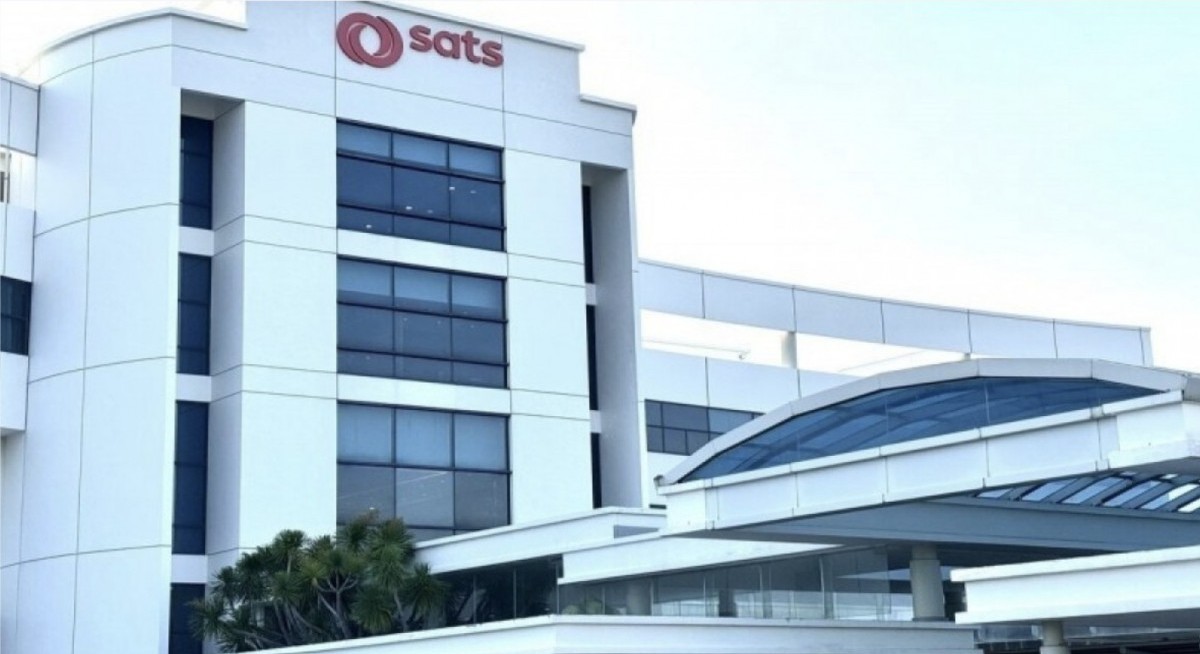Based on SATS’ FY2025 results for the 12 months to March 31, the group had shareholders funds of $2,768.9 million, and intangibles of $3,467.4 million.
Of this, the financial statement says goodwill for the WFS acquisition is $2,069 million.
The annual report details that total goodwill as at March 31 was $2,394.2 million.
Since the intangible assets are greater than shareholders’ funds, the net tangible asset or NTA of SATS is negative.
See also: STI could see 5,000 this year; but can DBS be at $70 by end-2026?
Intangible assets have a value. SATS’ intangibles comprise relationships and trademarks acquired from WFS. Based on its intangible assets, SATS’ book value is nearer 25 cents rather than zero.
Moreover, SATS’ 1QFY2026 patmi for the three months to end-June rose by more than 9% to $70.9 million, translating into EPS of 19 cents on an annualised basis, up 15% y-o-y. If net profit continues to accrete, SATS can build up shareholder equity.
At any rate, stocks such as SATS are likely to be valued by price multiples rather than book value.
See also: Trump trade triggers US market sell-off; STI escapes the worst for now
Furthermore, interest rates are falling which is positive for a company like SATS with lashings of debt to the tune of $2.5 billion+, of which most is short term debt.
3-month Sora has fallen by half this year, which gives SATS the opportunity to refinance at lower levels.
All the analysts that cover SATS have either "buy" or "accumulate". Interestingly PhillipCapital downgraded SATS from "buy" to "accumulate" because its share price had performed. This is unusual because by all metrics, it appears SATS’ share price has underperformed.
Whatever the case, technically, it appears that SATS’ share price is likely move sideways to higher given the positive crosses by its longer-term moving averages.
REITs to catch up with stocks
The FTSE ST REIT Index (688) has cleared the top of a minor base formation at 660 and is headed for a minimum upside of 720, and probably higher.
For more stories about where money flows, click here for Capital Section
Apart from lower interest rates and positive asset and property management underpinning the large-cap REITs’ distributions per unit (DPU), risk-free rates are in a downtrend with local risk-free rates ending the month of August at 1.83% compared with 2.88% on Jan 2.
REITs trading yields are priced off the risk-free rate through a yield spread. Hence, lower risk-free rates equal compressed yields via higher REIT unit prices.
Among the great and the good, Great Eastern Holdings (GEH) started trading on Aug 21. While its price to embedded value remains at a discount, its P/E of 10.9x and its P/NAV of 1.3x is almost at the same level as those of Oversea-Chinese Banking Corporation (OCBC) and United Overseas Bank (UOB).
Based on its market cap, GEH is among the top 20 largest stocks on the SGX.




